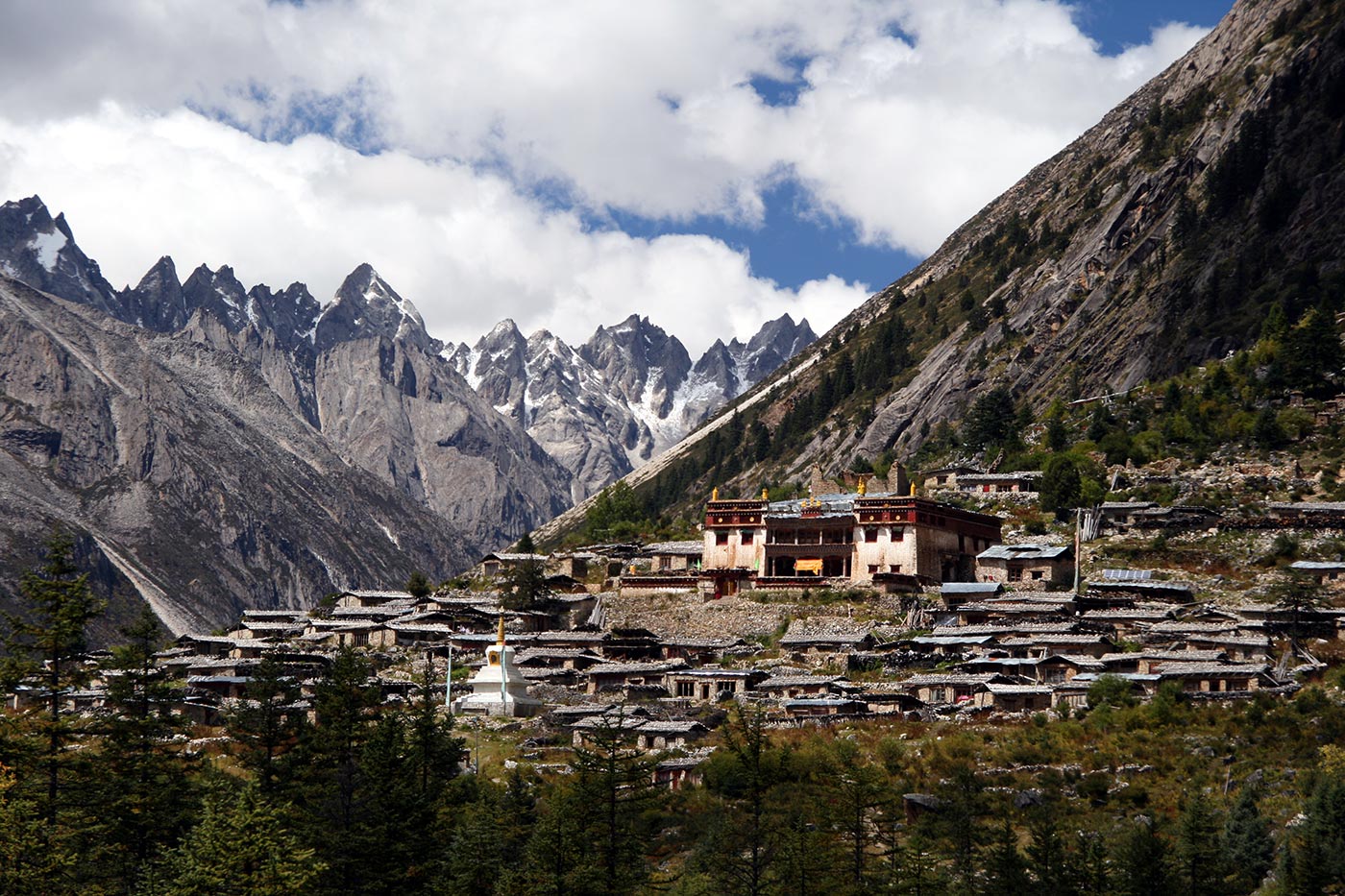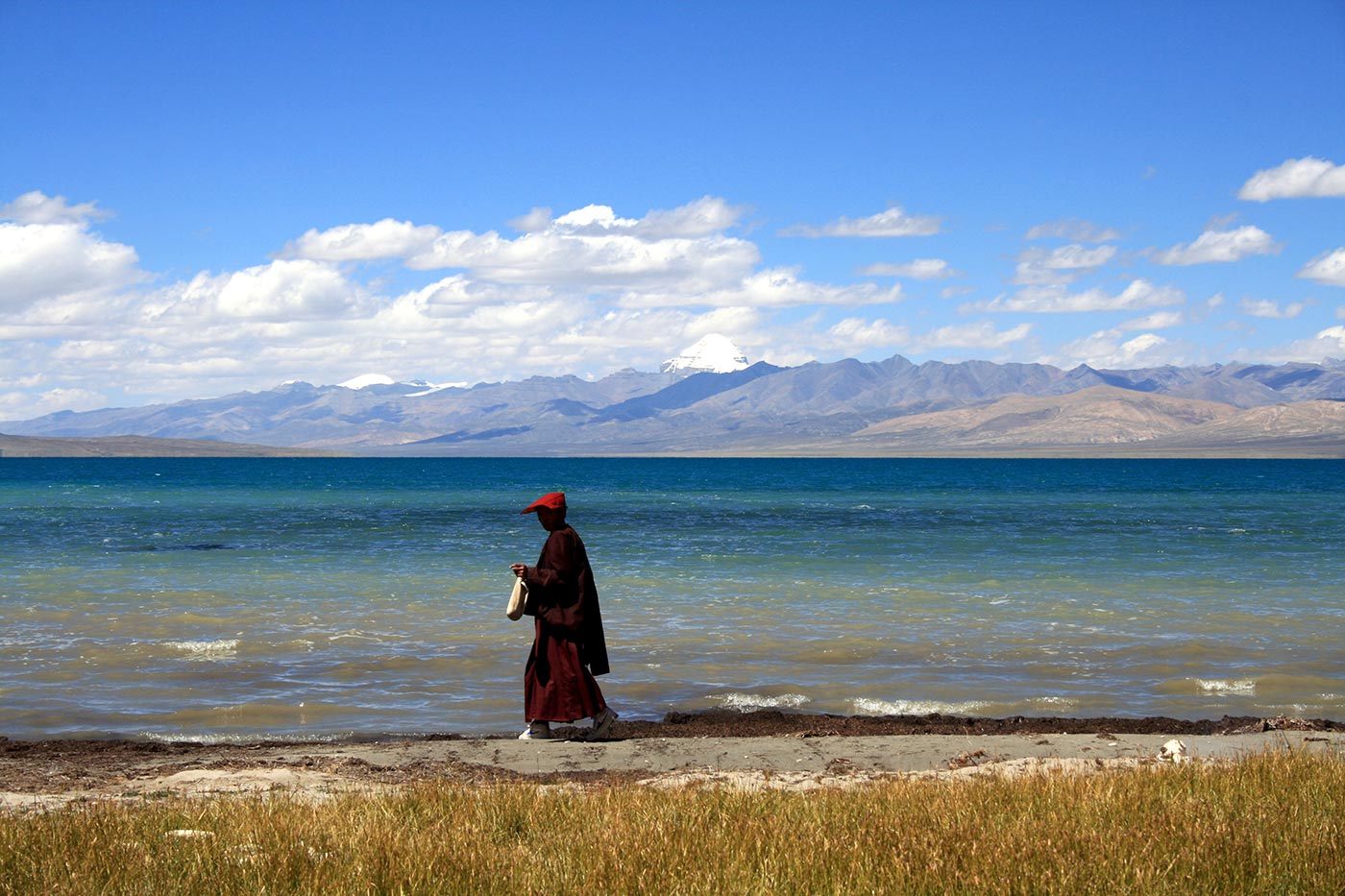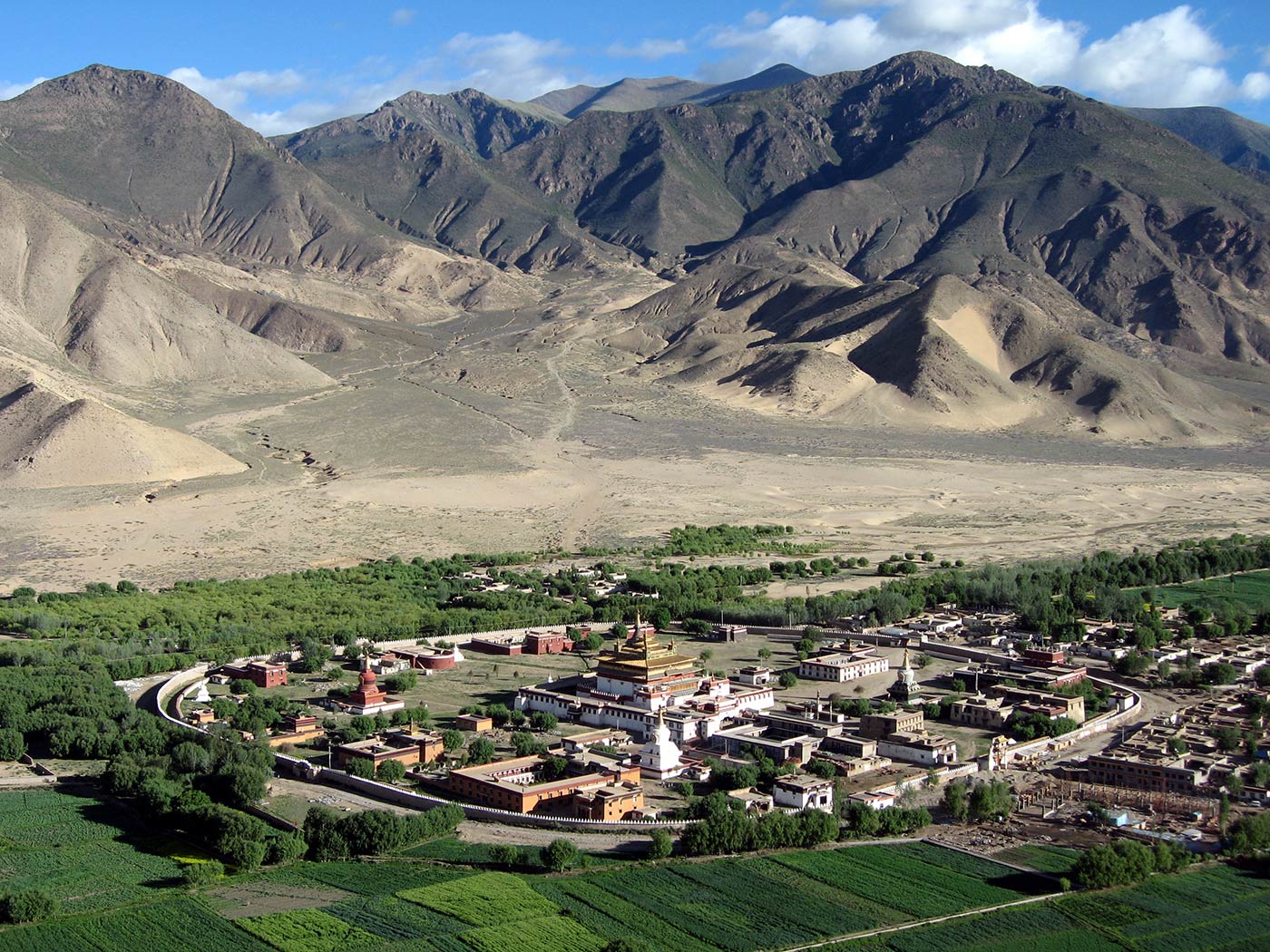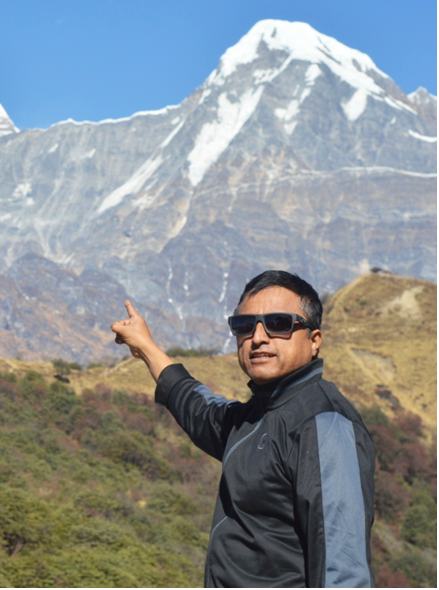Trip Introduction
The Tibet Lhamo Lhatse trip is a tour that passes through one of the world’s most secluded and ethereal locales and provides a window into Tibet’s rich culture and history. Although the trip is difficult, it is well worth it since you will be rewarded with spectacular vistas of snow-capped mountains, historic monasteries, and authentic Tibetan communities.
The journey starts in the thriving metropolis of Lhasa, where you may see its numerous temples and monasteries, including the world-famous Potala Palace. From there, you will start your journey into the arid Tibetan Plateau, traveling along historic trade routes and passing through outlying communities that haven’t changed much over the years.
You will be met with breathtaking vistas of the Himalayas, including the towering Mount Everest, as you continue your trip deeper into the area. You will get the chance to stop at authentic Tibetan monasteries along the journey, where you may discover more about the area’s rich spiritual and cultural heritage. Reaching the summit of Lhamo Lhatse, a mountain that provides expansive views of the surroundings, is the climax of the walk. Although the ascent is difficult and steep, the view from the summit of the Himalayas and the surrounding plateau is simply spectacular.
The Lhamo Lhatse walk in Tibet is both a physical and a spiritual trip. It is a chance to get to know the Tibetan people’s culture and way of life better and to learn more about this distinctive and intriguing area. As you walk through some of the most isolated and stunning places on Earth, you have the chance to push your physical and mental limitations. Overall, the Lhamo Lhatse hike in Tibet is a life-changing experience that you won’t forget. This expedition is for you if you’re seeking for a real adventure and want to learn more about a fascinating, far-flung culture.
